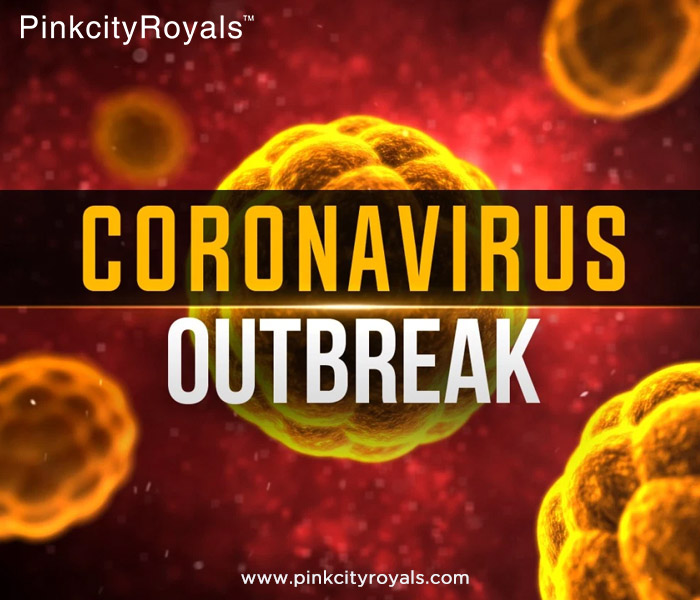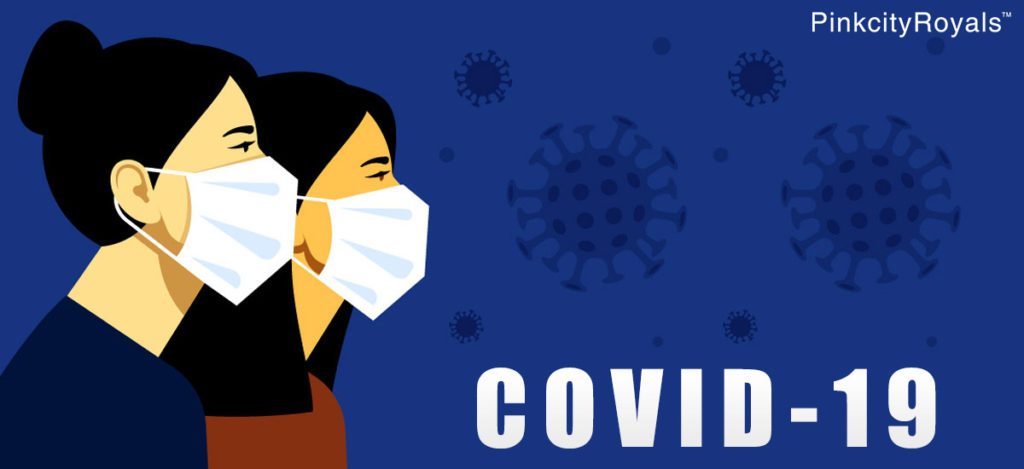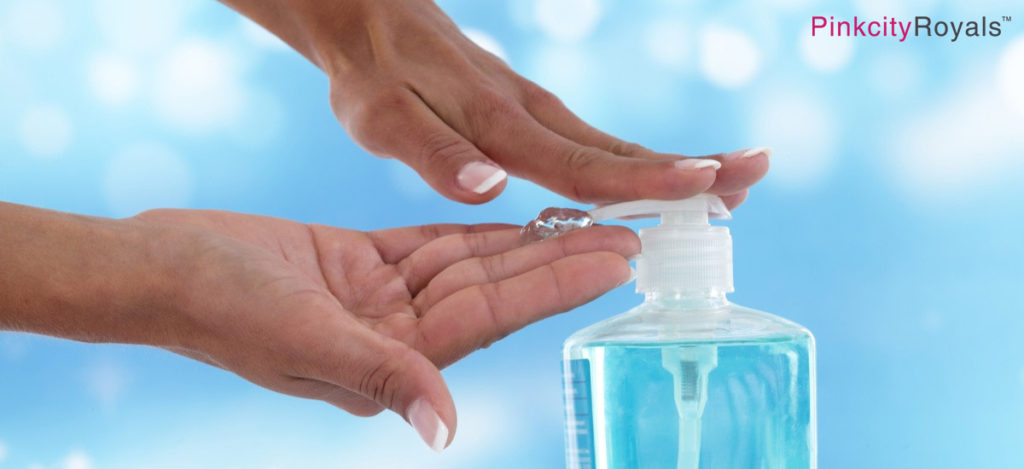
A coronavirus is a kind of common virus that causes an infection in your nose, sinuses, or upper throat. Most coronaviruses aren’t dangerous.
COVID-19 is a disease that can cause what doctors call a respiratory tract infection. It can affect your upper respiratory tract (sinuses, nose, and throat) or lower respiratory tract (windpipe and lungs). It’s caused by a coronavirus named SARS-CoV-2.
It spreads the same way other coronaviruses do, mainly through person-to-person contact. Infections range from mild to serious.
SARS-CoV-2 is one of seven types of coronavirus, including the ones that cause severe diseases like Middle East respiratory syndrome (MERS) and sudden acute respiratory syndrome (SARS). The other coronaviruses cause most of the colds that affect us during the year but aren’t a serious threat for otherwise healthy people.
In early 2020, after a December 2019 outbreak in China, the World Health Organization identified SARS-CoV-2 as a new type of coronavirus. The outbreak quickly spread around the world.
Symptoms of COVID-19
The main symptoms include:
• Fever
• Coughing
• Shortness of breath
• Fatigue
• Chills, sometimes with shaking
• Body aches
• Headache
• Sore throat
• Loss of smell or taste
• Nausea
• Diarrhea


The virus can lead to pneumonia, respiratory failure, septic shock, and death. Many COVID-19 complications may be caused by a condition known as cytokine release syndrome or a cytokine storm. This is when an infection triggers your immune system to flood your bloodstream with inflammatory proteins called cytokines. They can kill tissue and damage your organs.
If you notice the following severe symptoms in yourself or a loved one, get medical help right away:
• Trouble breathing or shortness of breath
• Ongoing chest pain or pressure
• New confusion
• Can’t wake up fully
• Bluish lips or face
Strokes have also been reported in some people who have COVID-19. Remember FAST:
• Face. Is one side of the person’s face numb or drooping? Is their smile lopsided?
• Arms. Is one arm weak or numb? If they try to raise both arms, does one arm sag?
• Speech. Can they speak clearly? Ask them to repeat a sentence.
• Time. Every minute counts when someone shows signs of a stroke. Call 911 right away.
If you’re infected, symptoms can show up in as few as 2 days or as many as 14. It varies from person to person.
According to researchers in China, these were the most common symptoms among people who had COVID-19:
• Fever 99%
• Fatigue 70%
• Cough 59%
• Lack of appetite 40%
• Body aches 35%
• Shortness of breath 31%
• Mucus/phlegm 27%
Some people who are hospitalized for COVID-19 have also have dangerous blood clots, including in their legs, lungs, and arteries.

What to do if you think you have it
If you live in or have traveled to an area where COVID-19 is spreading:
• If you don’t feel well, stay home. Even if you have mild symptoms like a headache and runny nose, stay in until you’re better. This lets doctors focus on people who are more seriously ill and protects health care workers and people you might meet along the way. You might hear this called self-quarantine.
• Call the doctor if you have trouble breathing. You need to get medical help as soon as possible. Calling ahead (rather than showing up) will let the doctor direct you to the proper place, which may not be your doctor’s office. If you don’t have a regular doctor, call your local board of health. They can tell you where to go for testing and treatment.
• Follow your doctor’s advice and keep up with the news on COVID-19. Between your doctor and health care authorities, you’ll get the care you need and information on how to prevent the virus from spreading.
Coronavirus Prevention
Take these steps:
• Wash your hands often with soap and water or clean them with an alcohol-based sanitizer. This kills viruses on your hands.
• Practice social distancing. Because you can have and spread the virus without knowing it, you should stay home as much as possible. If you do have to go out, stay at least 6 feet away from others.

• Cover your nose and mouth in public. If you have COVID-19, you can spread it even if you don’t feel sick. Wear a cloth face covering to protect others. This isn’t a replacement for social distancing. You still need to keep a 6-foot distance between yourself and those around you. Don’t use a face mask meant for health care workers. And don’t put a face covering on anyone who is:
o Having trouble breathing
o Unconscious or can’t remove the mask on their own for other reasons
• Don’t touch your face. Coronaviruses can live on surfaces you touch for several hours. If they get on your hands and you touch your eyes, nose, or mouth, they can get into your body.
• Clean and disinfect. You can clean first with soap and water, but disinfect surfaces you touch often, like tables, doorknobs, light switches, toilets, faucets, and sinks. Use a mix of household bleach and water (1/3 cup bleach per gallon of water, or 4 teaspoons bleach per quart of water) or a household cleaner that’s approved to treat SARS-CoV-2. You can check the Environmental Protection Agency (EPA) website to see if yours made the list. Wear gloves when you clean and throw them away when you’re done.
There’s no proof that herbal therapies and teas can prevent infection.
“Stay as safe as you can! And thank you!”
No comments yet.